Isbladskärret on Djurgården is a fantastic oasis, with wild nature and lots of herons, right in the centre of Stockholm. We were fascinated when we came here in March this year, and made another visit in May. What amazing nature we have in our capital city!
Table of contents
Isbladskärret on Djurgården
Isbladskärret is part of the National City Park in Stockholm. Before the 1980s, water was pumped out of the former bay Isbladsviken, partly because the area was used for agriculture. When the pumping stopped, a marsh was formed, and at the same time, nesting islands for birds were created.
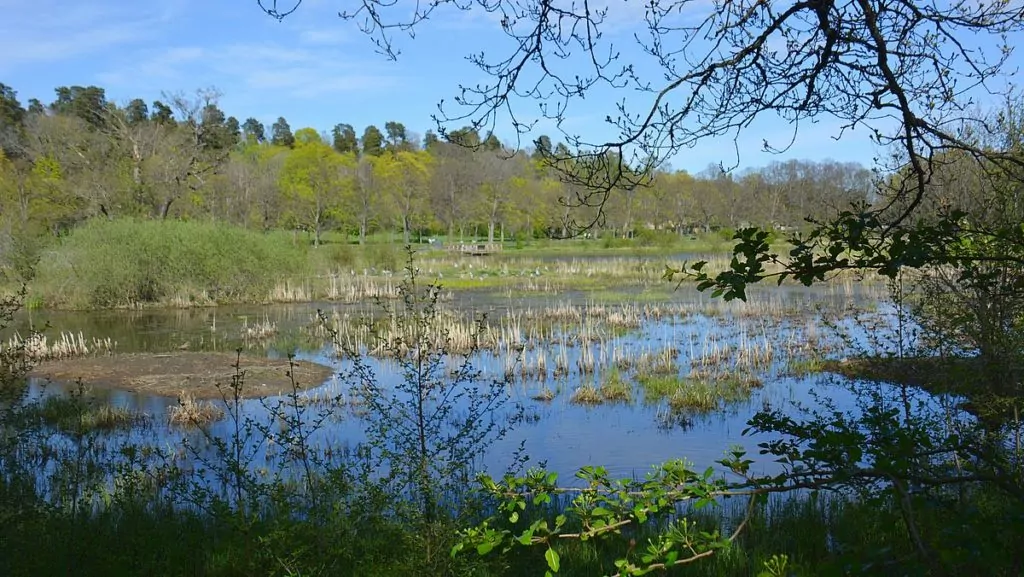
The marsh is best known for its large colony of herons, but there are also plenty of other birds such as mute swans, lapwings and moorhens. Between May and September, a small herd of Highland Cattle also graze here to keep the vegetation at bay.
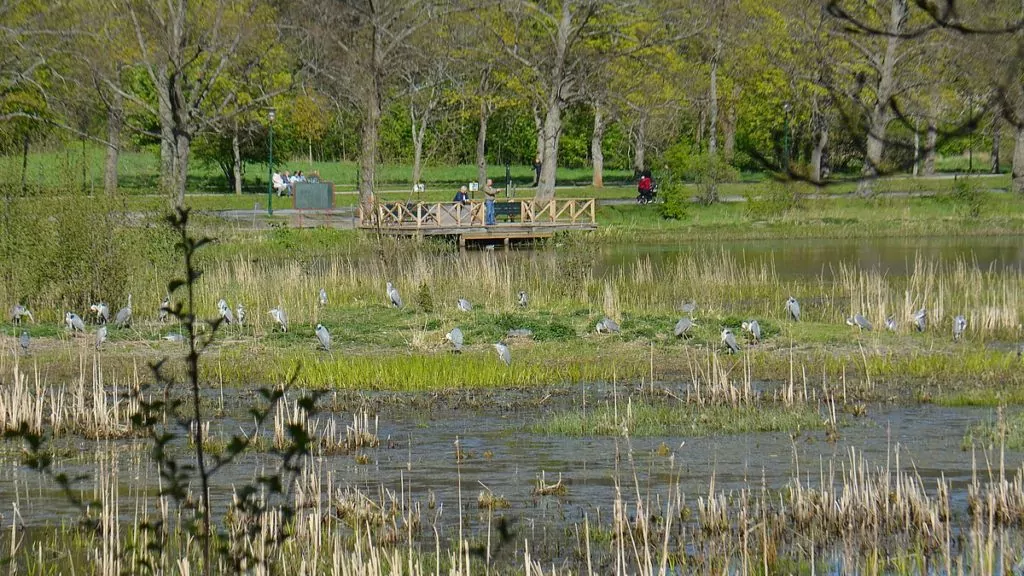
Isbladskärret is located on southern Djurgården, south of the Djurgårdsbrunn canal. Incidentally, the name has nothing to do with "ice", but apparently comes from a hunter's dwelling here called "Isbla".
Victoria and Daniel's love path
Since 2010, the "Crown Princess Victoria and Prince Daniel's Love Path" has been located on the western side of Isbladskärret. The path was built by the Djurgården Administration and was a gift from the World Wildlife Fund to the bride and groom, Crown Princess Victoria and Prince Daniel.
If you walk the entire Kärleksstigen trail, it is 1.6 kilometres long and takes you to several fine vantage points for bird watching. During much of the year you can see plenty of herons at the lake, but also swans, ducks and various birds of prey.
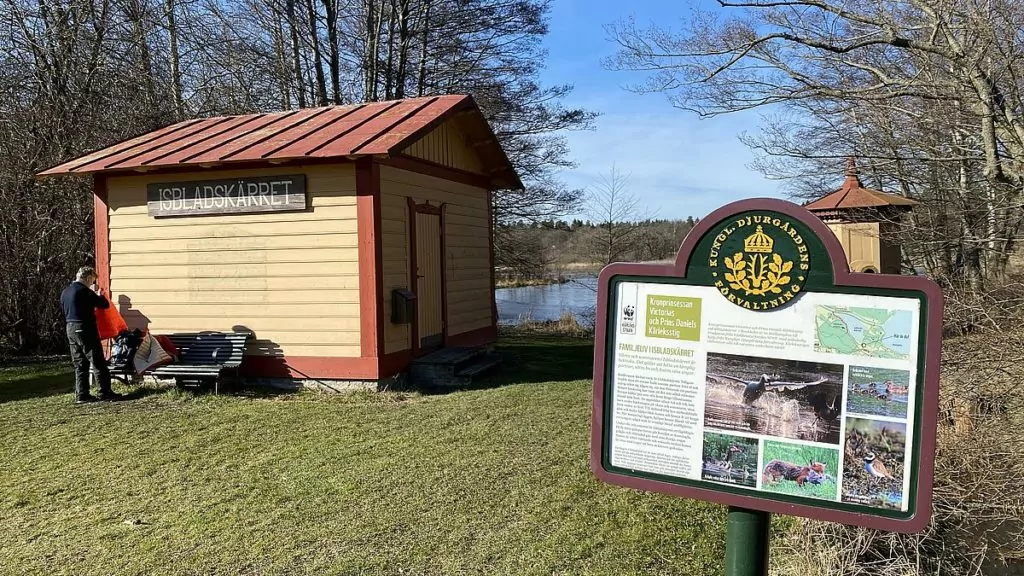
Isbladskärret in March
We visited Isbladskärret for the first time ever in March this year. We have been to Djurgården many times, but previously we have missed this gem. It's amazing that there is such wild nature in the middle of Stockholm's city centre!
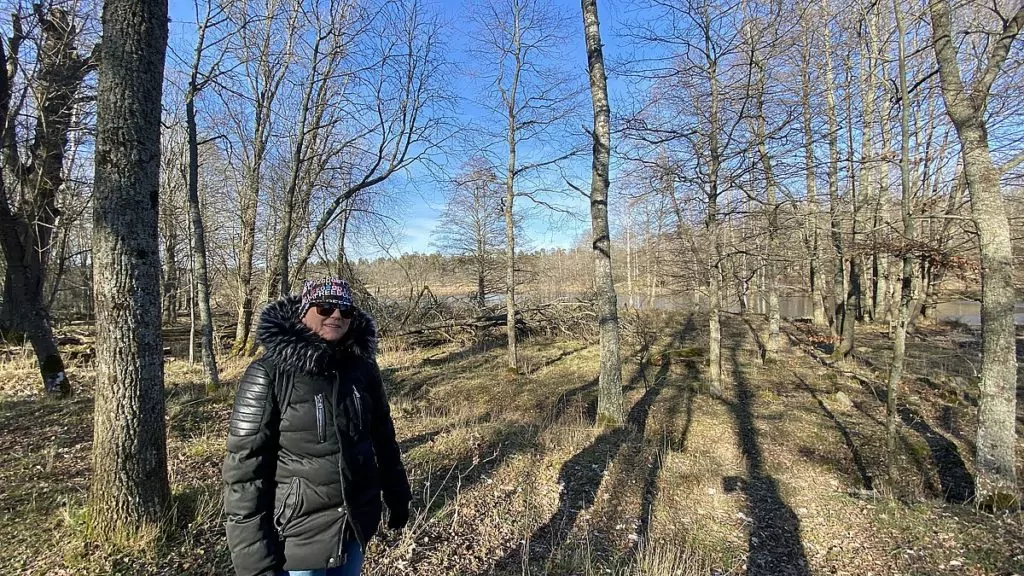
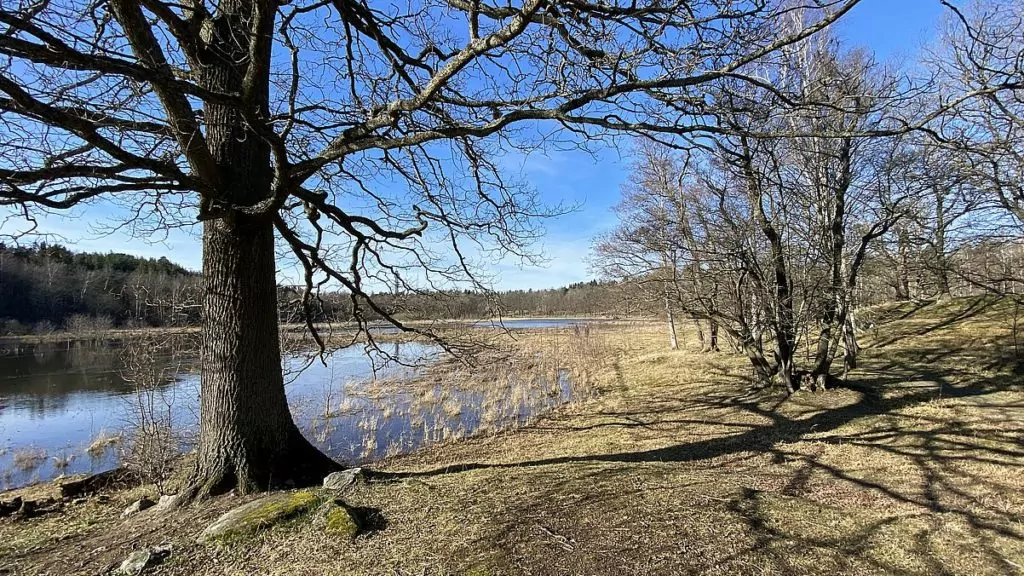
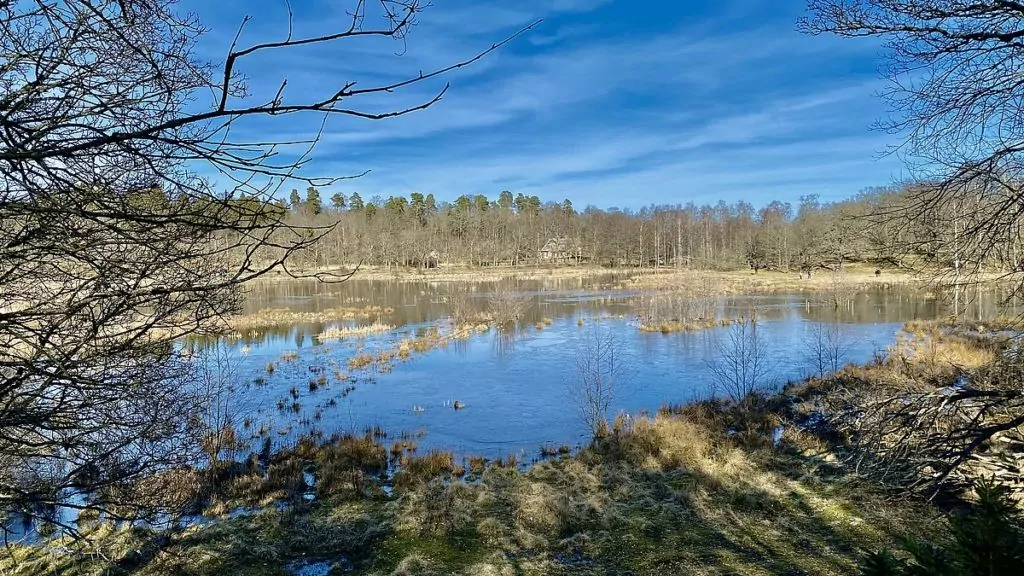
Isbladskärret in May
We made another visit to Isbladskärret in May this year. Peter's youngest son Billie and his girlfriend have each got a scooter and we went on a joint electric bike/scooter trip. Very nice! When we were still on Djurgården, we took the opportunity to show them Isbladskärret. We locked the bikes outside the path, as you are not allowed to cycle there.
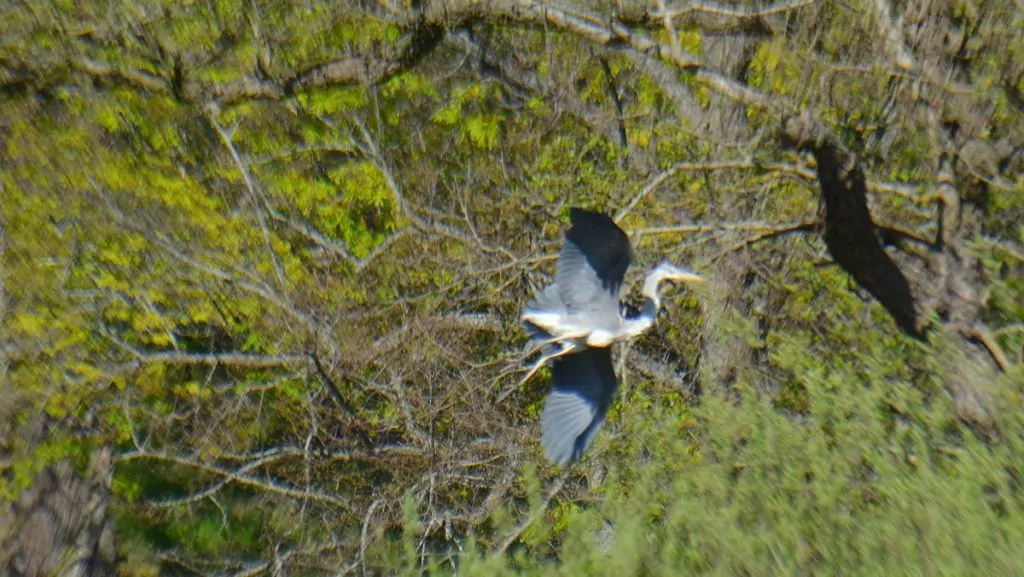
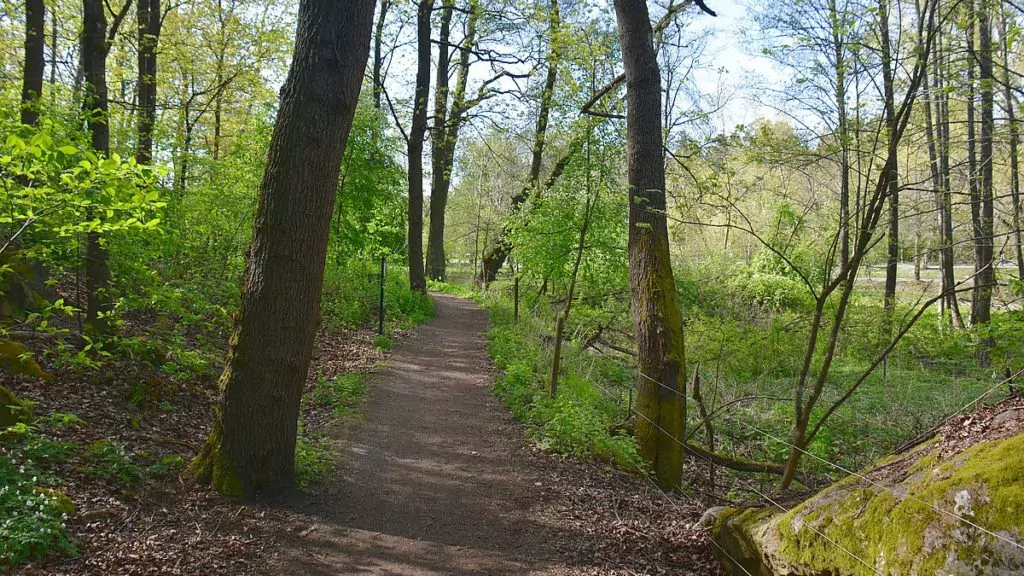
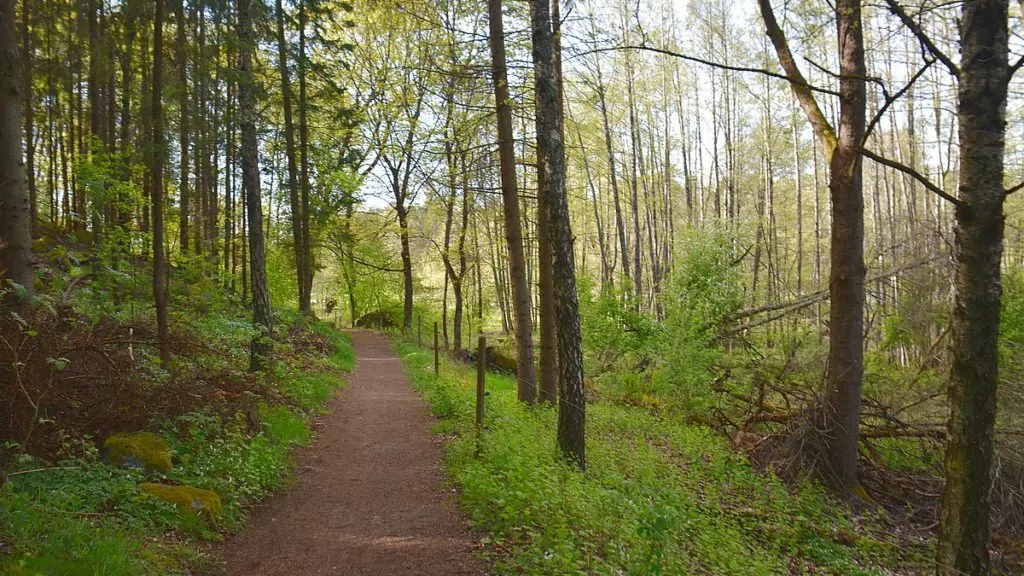
30-50 pairs of herons at Isbladskärret.
During the period between March and August you can see lots of nesting herons at Isbladskärret. There are between 30 and 50 pairs of breeding herons in the colony and it is certainly not difficult to spot them. On the contrary, the herons are just everywhere.
Between May and June, things can get a little extra loud. In each nest there can be up to six chicks screaming loudly for food and attention. The parents are busy looking after their young. In winter, some of them spend the winter at Råstasjön in Solna, where they are fed by Solna municipality.
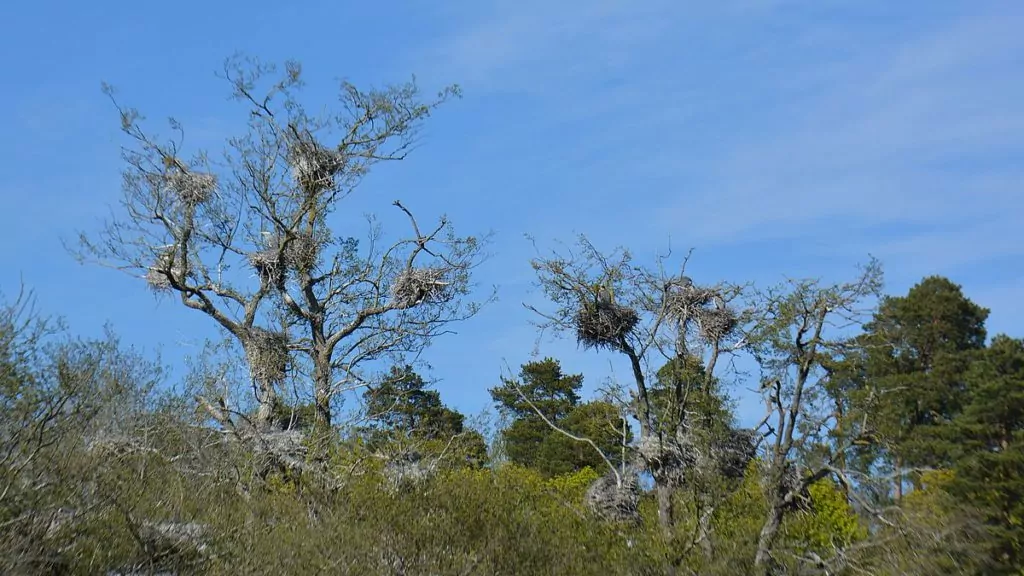
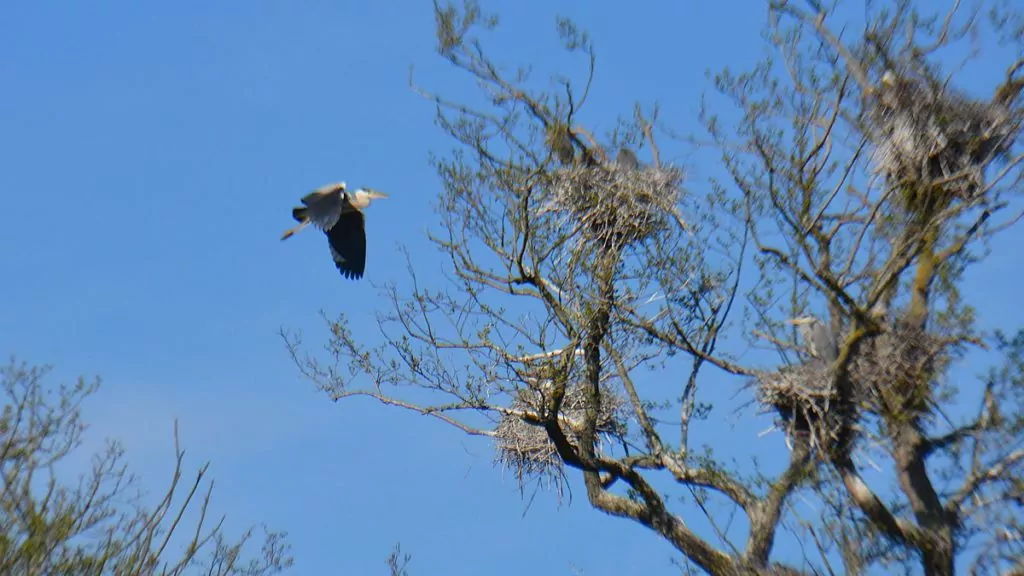
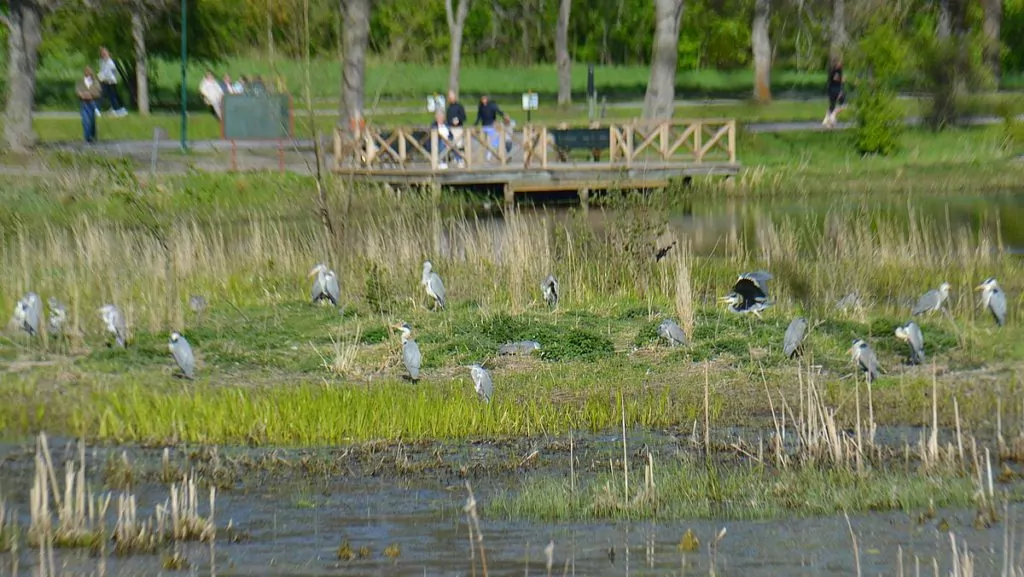
A heron is saved by the fire brigade
When we, during our last visit, left Isbladskärret and started making our way back towards more populated parts of Djurgården, we saw a fire truck and an animal ambulance. Up in a tree, a heron hung helplessly, more or less upside down, dangling. The poor bird had got its foot stuck and was flapping desperately.
Fortunately, the desperate flapping paid off. The fire engine managed (barely) to reach the vulnerable bird and bring it down with a net. Applause erupted and the animal ambulance was waiting on the ground to help. A little bit of beauty, though!
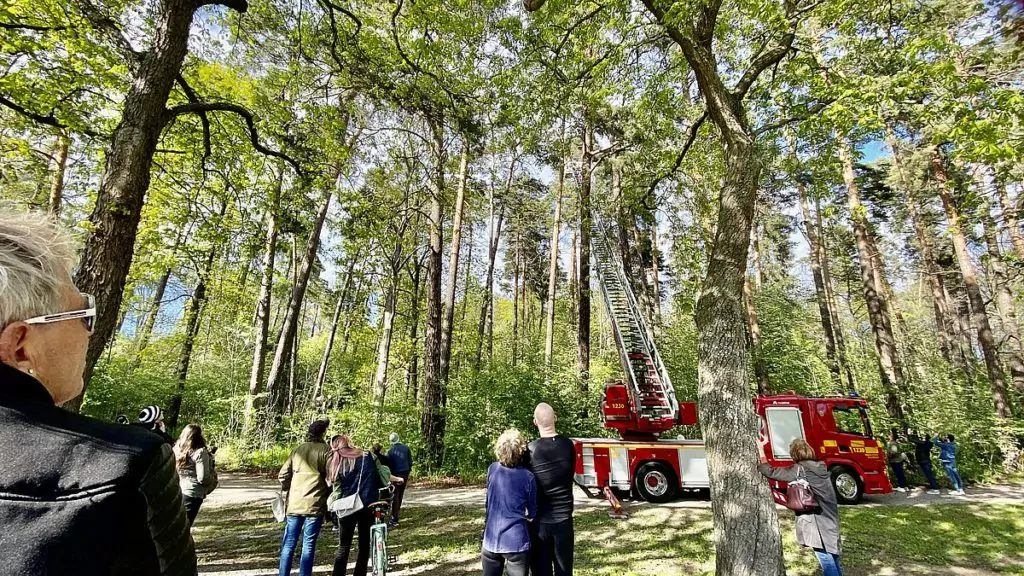
More to see and do on Djurgården
In addition to Isbladskärret, there are many other things to see and do on Djurgården. There are nice walking and cycling paths and those who want to (at least under normal circumstances) can visit Rosendals Trädgård, Skansen, Gröna Lund or June cheeks. Djurgården also has plenty of restaurants with good reputations and several of the city's best museums.
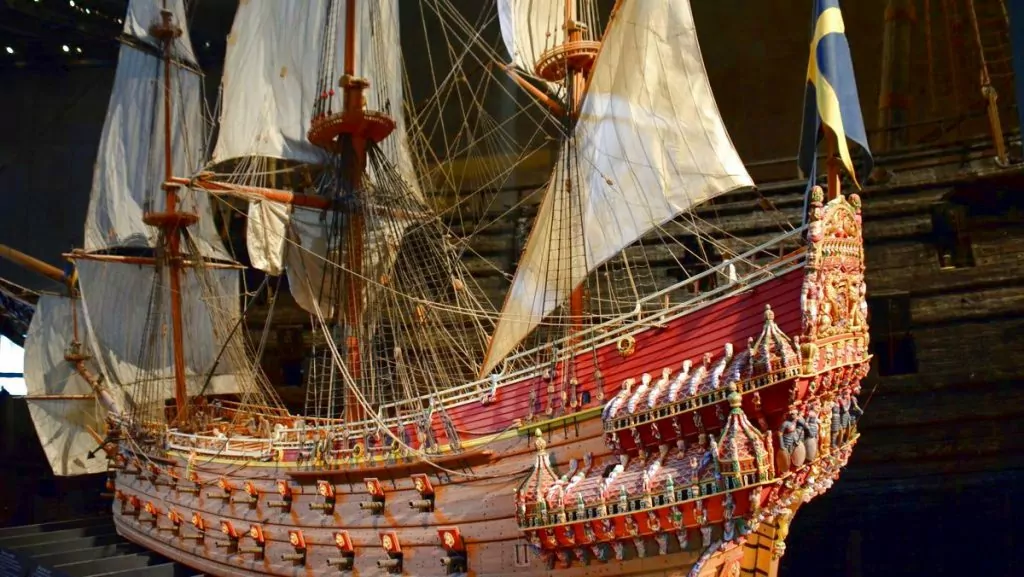

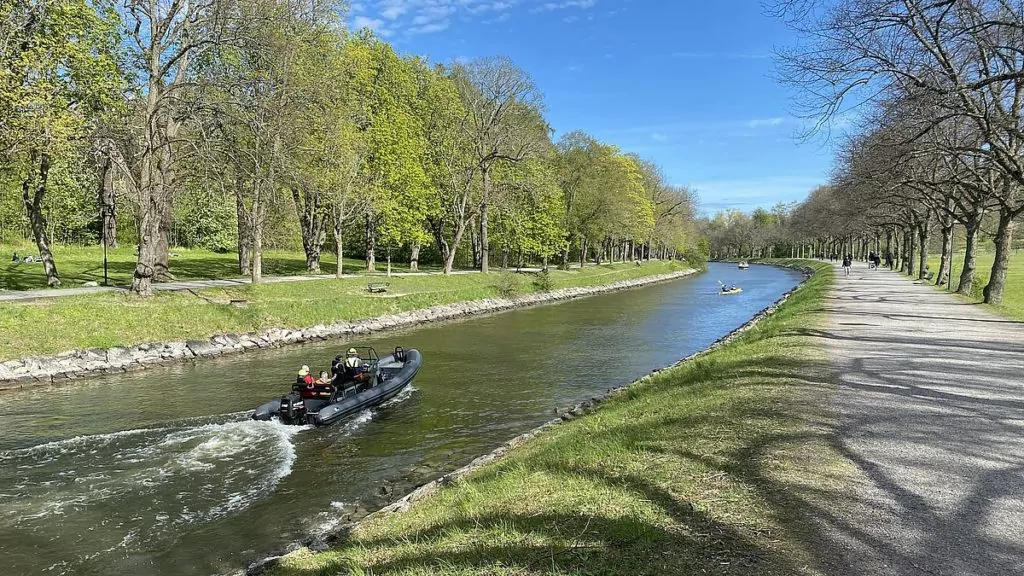
Have you been to Isbladskärret on Djurgården? What did you think?
Facts about Isbladskärret in Stockholm
- Location: Southern Djurgården, south of the Djurgårdsbrunn canal.
- Name: The name is said to have come from a hunting lodge called 'Isbla'.
- Read more: You can find more information at National Urban Park website.
Nature at Isbladskärret
- Nature: Wetland area with wild coniferous forest, deciduous forest and giant oaks. Among other things, the rare shrub tibast grows here.
- Birds: These include mute swan, mallard, gadwall, wigeon, moorhen, white-cheeked goose, grey goose, little grebe, teal, lapwing, heron, snipe, coot, snipe, snipe, snipe, blue jay, wood pigeon and woodpecker. You can also see buzzard, sparrowhawk, goshawk, sea eagle and kingfisher.
- Other animals: Fifteen Highland cattle graze around Isbladskärret from May to September, clearing the vegetation.
Finding Isbladskärret on Djurgården
- Bus: You can take bus 67 towards Thielska Gallery on Djurgården. An alternative is to take bus 69 to Kanästornet and walk from there.
- Car: There are several different car parks on Djurgården, such as at Djurgårdsbrunn.
- Bicycle: You can cycle all the way to Isbladskärret. However, you are not allowed to cycle on Kärleksstigen, so you have to park your bike outside.


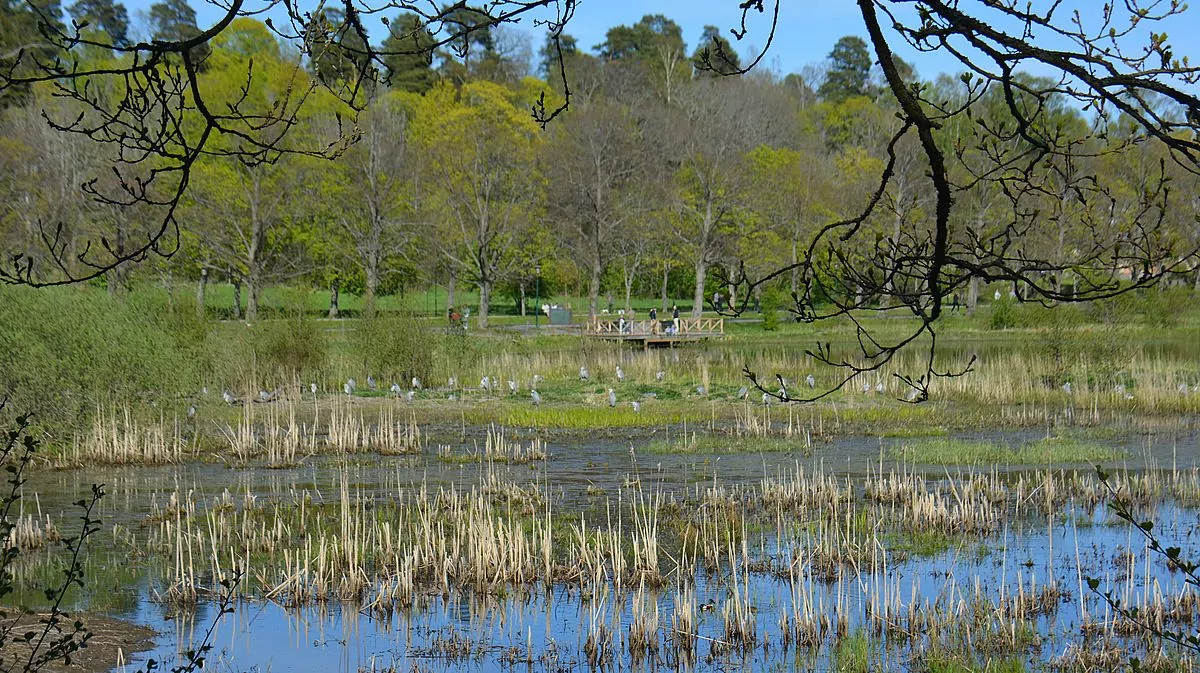






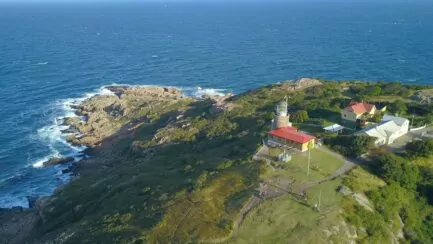

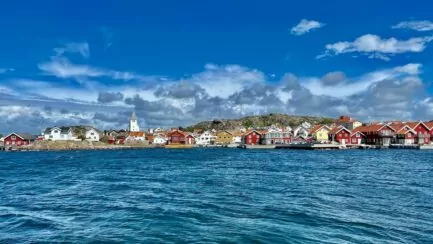






Lena in Wales says:
I have not been there and have not even heard of it.
It's nice when you find some odd places to visit.
Have a nice Sunday!
17 May 2020 - 14:14
Helena says:
This was new to us when we were there in March. Really nice!
17 May 2020 - 16:54
A little more pink - Cornelia Tonéri says:
How I like your reports from green areas and nature in Stockholm. I have not been here, but as the royal fan I am, I must of course walk Victoria and Daniel's love path when it is time to go to Stockholm again. Until then, I will have to settle for having walked on Princess Estelle's fairy tale path at Naturum Tåkern. It is also recommended 🙂
https://litemerarosa.com/2019/04/28/naturum-takern-ett-sagolikt-utflyktsmal-i-ostergotland/
17 May 2020 - 15:17
Helena says:
Yes, do it! Really nice! Thanks for the tip about Estelle's fairy tale path! 🙂
17 May 2020 - 16:55
BP says:
I can't remember having been there, because I should remember so many herons in one place. How nice it is! And you got some action in return. So it is not only cats that are saved by the fire brigade. Must have been fun for the firemen too, because I don't think they save herons every day.
17 May 2020 - 21:22
Helena says:
Very nice, and so close to the city! And yes, a little special to see the heron rescue! 🙂
18 May 2020 - 7:29
Lena - good for the soul says:
I knew that there is a lot of beautiful nature in the Stockholm area. But I had no idea that there are so many outdoor areas and nature reserves that you have now shown for a period of time. Fun to see and get inspiration!
Hug Lena
18 May 2020 - 7:51
Ann-Louise Paulsson says:
Interesting reading and nice pictures! I have passed here so many times and thought that I have to get off the bus and visit Isbladskärret but it has never happened. The summer of 2020 feels like the summer when it might finally happen. 🙂
19 May 2020 - 22:03